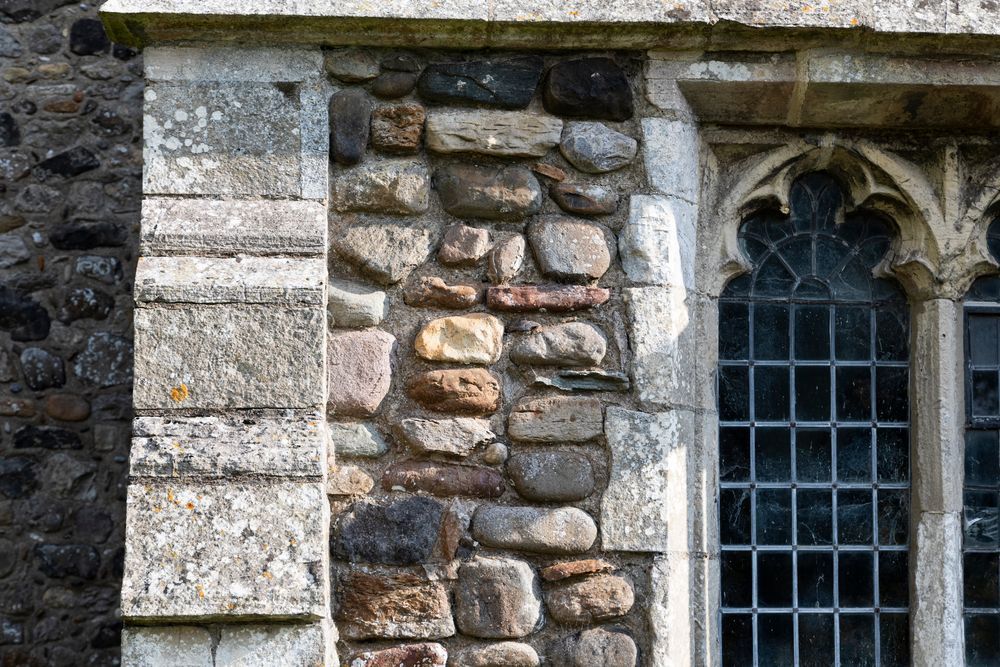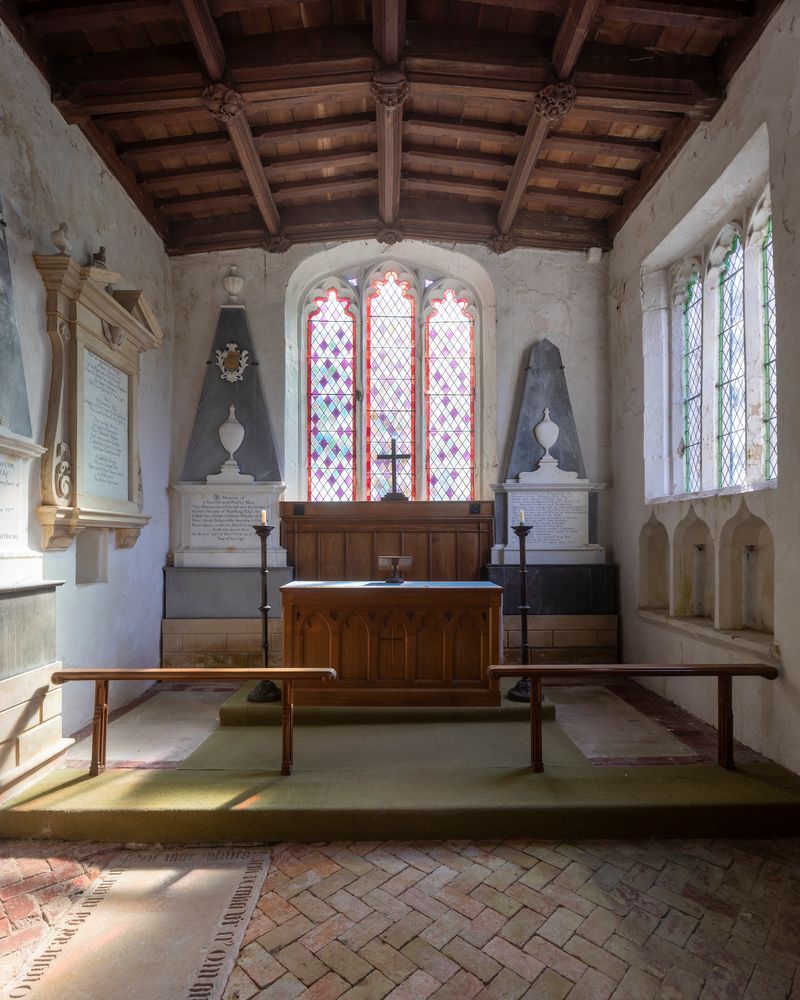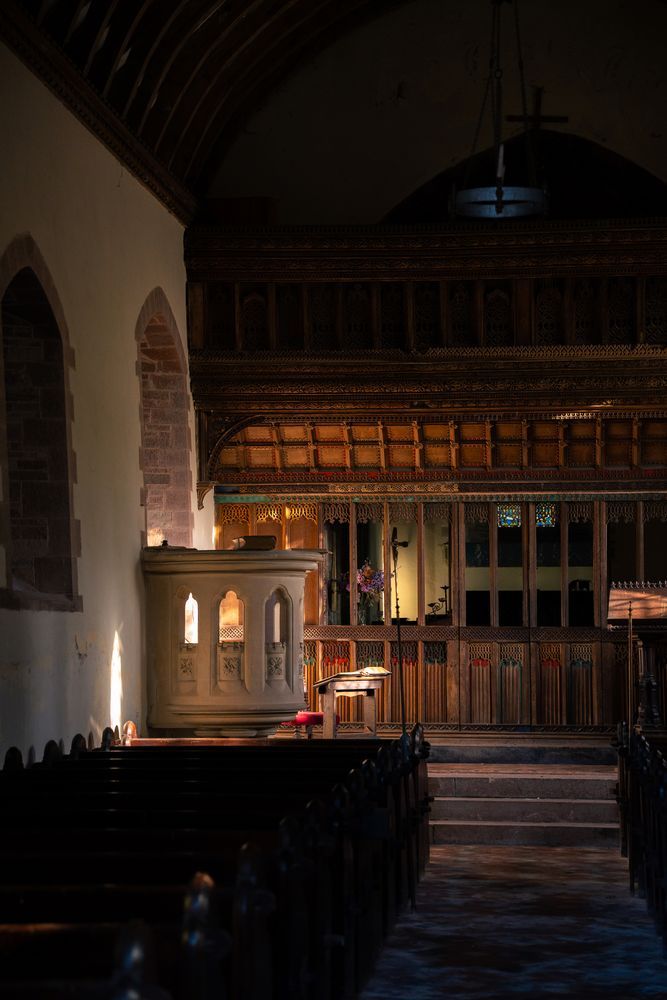Friends of Friendless Churches
@friendlesschurches.bsky.social
4.1K followers
190 following
1.2K posts
We are the Friends of Friendless Churches — we rescue, repair & protect historic ‘closed’ places of worship in England & Wales.
Posts
Media
Videos
Starter Packs
Pinned





















